UC California Naturalist Program

The California Naturalist class will introduce you to the wonders of California’s unique ecology and engage you in the stewardship of our natural communities. This intensive certification program will utilize a combination of scientific curriculum, guest lecturers, field trips and project-based learning to immerse you in the natural world of the central coast.
Program Goals:
- Foster a committed corps of volunteer naturalists and citizen scientists trained and ready to take an active role in natural resource conservation, education, and restoration
- Provide training, in collaboration with local sponsoring institutions, for adult environmental stewards through an adaptable outdoor and in-class curriculum which can be easily applied in a variety of settings
- Engage adults in interactive learning which provides them with scientific literacy and critical thinking skills
Student Learning Outcomes:
- Understand what it means to be a naturalist
- Integrate knowledge about the interconnectedness of abiotic, biotic and cultural factors and their influence on the natural history of the central coast
- Demonstrate skills in making and recording natural history observations in a field notebook
- Apply knowledge of central coast ecosystems to local and global environmental issues.
- Meet all of the course requirements.
Program Dates and Fee:
- The Annual Program will be held March - June
- The Class Fee is $500 (scholarship funds may be available for some)
Application period for the 2025 California Naturalist Program has closed
Want to support others?
DONATE TO THE CNP SCHOLARSHIP FUND
To directly support CNP and students needing financial assistance, please consider donating to the Arboretum California Naturalist Program.
Questions?
Contact a host for the Arboretum's 2024 California Naturalist Program, Linda Anderson or Joel Mckelvey.
Scroll down to view the Schedule of Lectures and Field Trips for the 2025 CNP session
or view a pdf version of the 2025 Schedule here.
Schedule of Lectures & Field Trips for 2025
March 29 - June 7
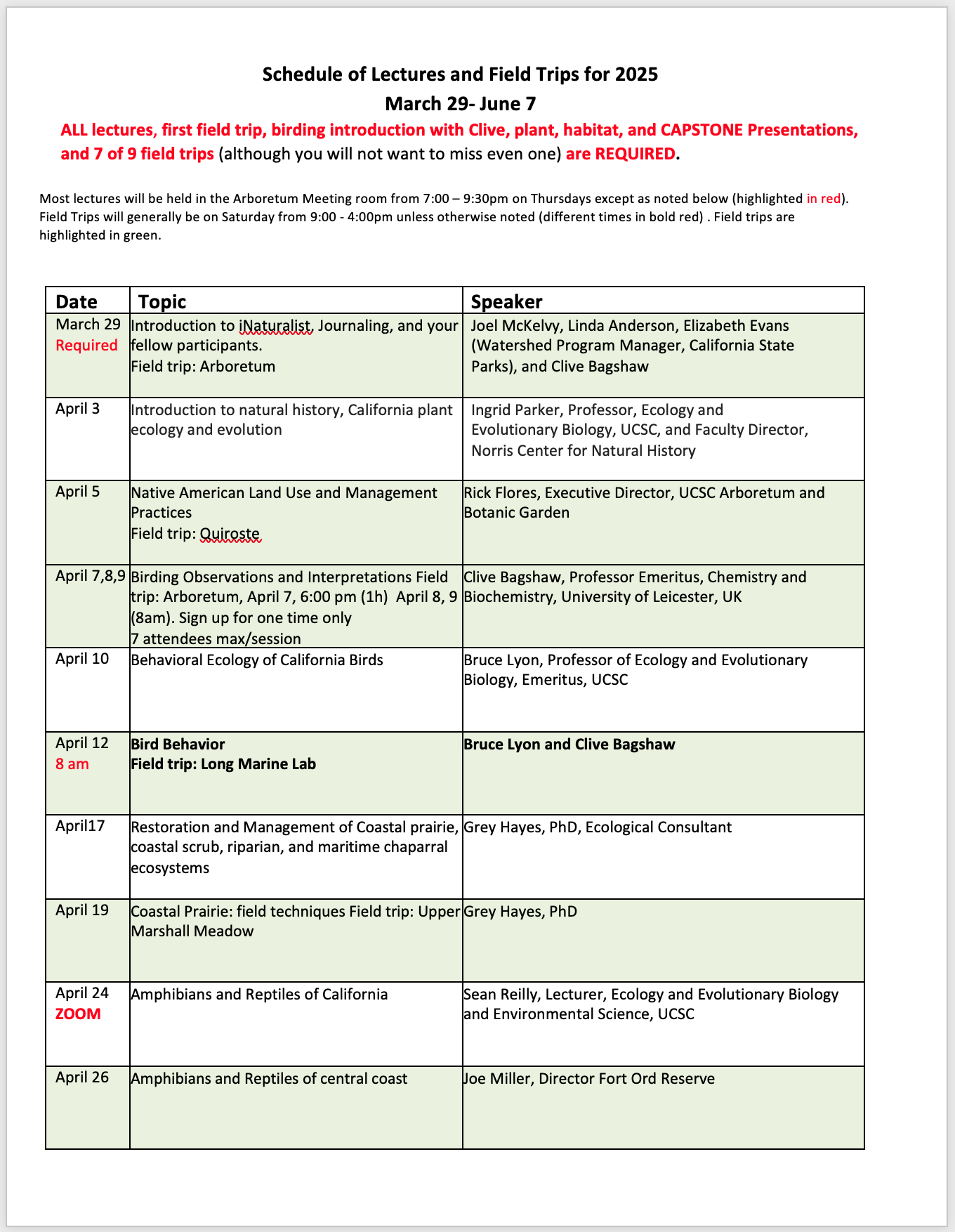
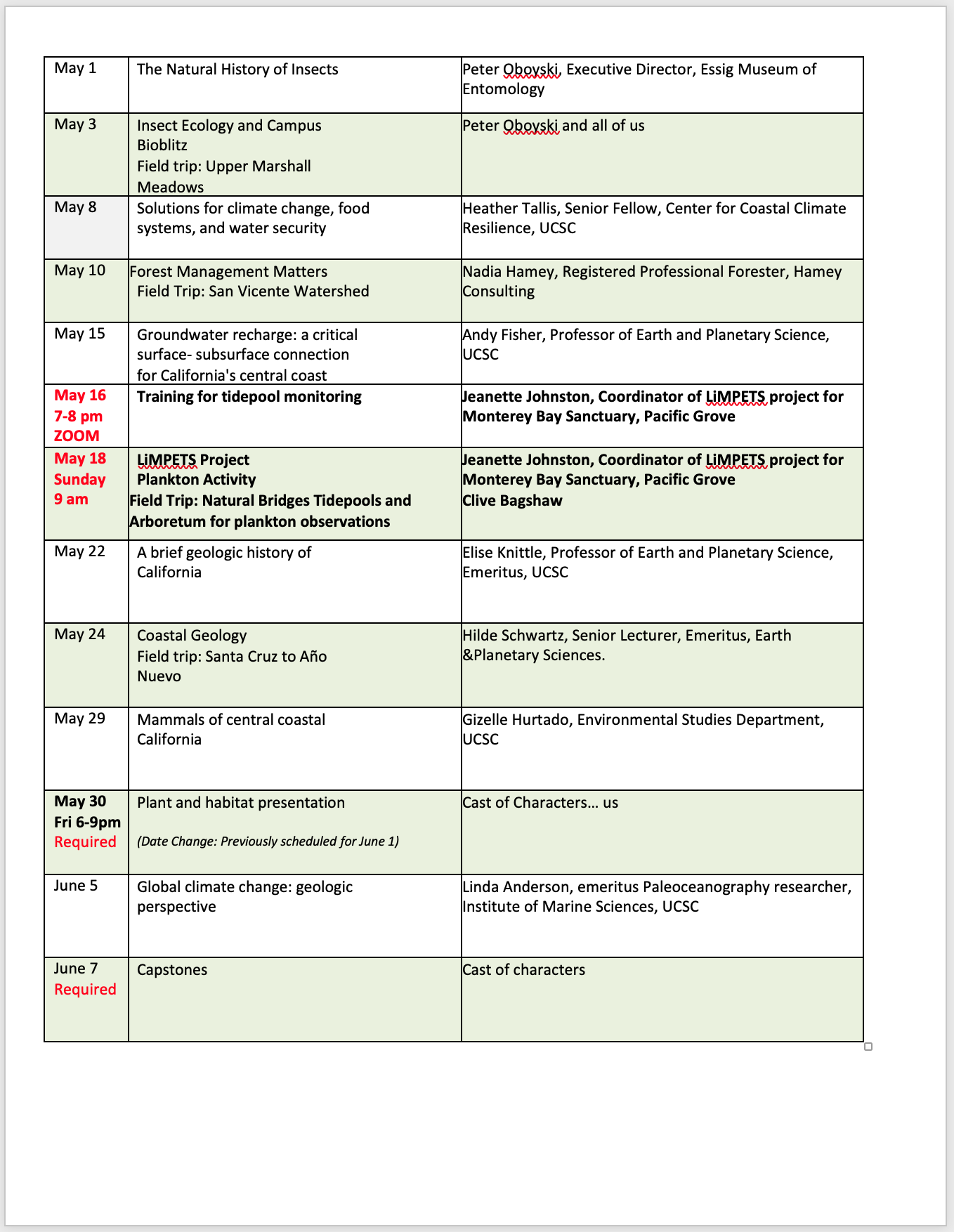
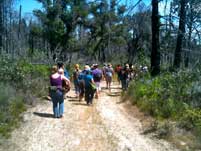
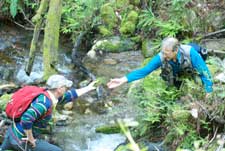
Course Requirements
Required Coursework
- Thursday Lectures: 7-9:30 (2.5 hours)
- Field Trips: 7 of 9
- Field Notebook: entries for all field trips
- Habitat and Plant Family Presentation
- Capstone Project
- iNaturalist: 3 postings weekly http://www.inaturalist.org/
- 40 hours of volunteer work over the year following the class posted to https://apps.ideal-logic.
com/ucanr
Materials
Books (Required)
- California Naturalist Handbook
Available for purchase first day of class. - The Natural History of the UC Santa Cruz Campus
Available for purchase first day of class.
Book (Suggested)
- The Sibley Field Guide to Birds of Western North America, by Sibley, D.A.
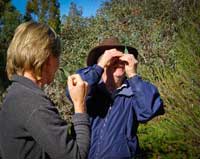
Supplies (Required)
- Field Notebook (Sokkia mining transit, Moleskine watercolor or the equivalent)
- Water proof ink pen or pencil, small plastic ruler.
- Hand lens (at least 10x jewelers loop, magnifying glass)
Supplies (Suggested)
- Binoculars
- Digital camera or smart phone
With much appreciation
We, the Arboretum staff, would like to give special thanks to CNP class organizers Linda Anderson and Joel Mckelvey who donate all of their time to coordinate CNP lectures, instructors and field trips for the annual Cal. Naturalist Program...with EXTRA thanks to Linda Anderson for the past 10+ years of running this popular and vitally important program.
Thank you to the many CNP instructors who have also donated time and expertise to the program, including Clive Bagshaw, Elizabeth Evans, Bruce Lyon, and Rick Flores. Thank you to all participating Professors and Instructors for sharing your love and expertise for the natural world - may we continue to learn about and appreciate it.
